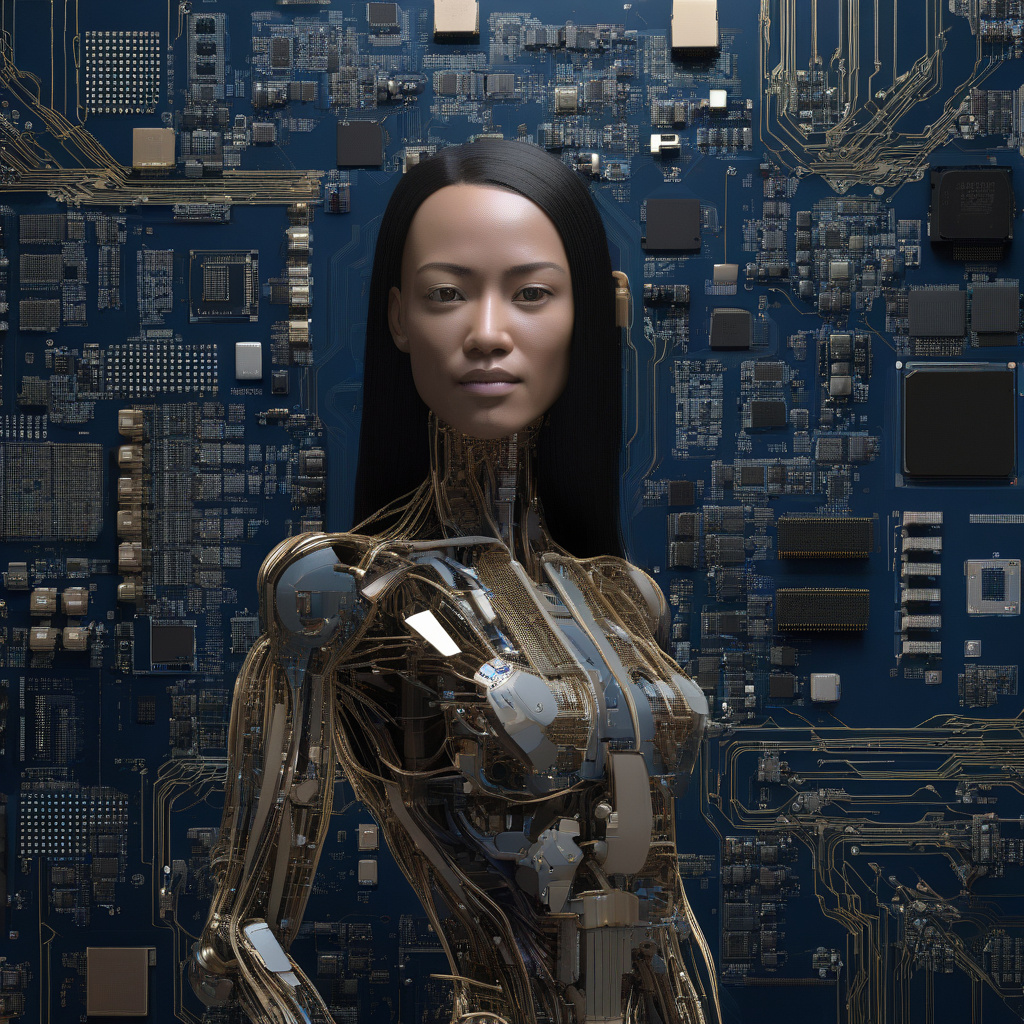Title: Enhancing Face Recognition Speed: A Guide to Porting CV/ML Models to NPU
In the realm of access control systems, the need for swift and accurate face recognition is paramount. When tasked with optimizing this process on a single-board computer, the decision to port computer vision/machine learning (CV/ML) models to a Neural Processing Unit (NPU) can be a game-changer. The shift to NPU utilization presents a reliable solution for offloading intensive computations to edge devices, ensuring efficient processing without compromising accuracy.
To delve into this transformative process, let’s explore the essential steps involved in porting CV/ML models to an NPU for accelerated face recognition tasks.
Understanding the Face Recognition Pipeline
Before delving into the technicalities of porting models to an NPU, it’s crucial to grasp the fundamental components of a face recognition pipeline. Essentially, the process involves detecting faces in a video stream and subsequently performing 1:1 matching for face verification. This intricate pipeline underscores the complexity of the task at hand and emphasizes the need for optimized processing capabilities.
Evaluating NPU Compatibility and Performance
The initial step in porting CV/ML models to an NPU is assessing the compatibility and performance of the target hardware. Conduct a thorough analysis to ensure that the NPU aligns with the specific requirements of the face recognition application, such as processing speed, memory capacity, and power efficiency. By selecting an NPU that seamlessly integrates with the existing system architecture, you pave the way for a smoother transition and enhanced performance.
Adapting Models for NPU Acceleration
Transitioning CV/ML models to an NPU involves adapting the existing algorithms to leverage the hardware acceleration capabilities effectively. This process may entail optimizing the model architecture, revising the inference workflow, and fine-tuning parameters to maximize NPU efficiency. By customizing the models for NPU acceleration, you can unlock the full potential of the hardware and achieve significant speed enhancements in face recognition operations.
Implementing Efficient Data Processing Techniques
In addition to model adaptation, implementing efficient data processing techniques is crucial for seamless integration with the NPU. Utilize optimized data pre-processing methods, such as image resizing, normalization, and augmentation, to streamline the input data flow and enhance inference speed. By fine-tuning data processing pipelines for NPU compatibility, you can further optimize performance and ensure consistent results in face recognition tasks.
Testing and Validation for Performance Optimization
As with any optimization process, rigorous testing and validation are essential to gauge the effectiveness of porting CV/ML models to an NPU. Conduct comprehensive performance benchmarks, compare results against baseline metrics, and fine-tune parameters iteratively to achieve optimal performance gains. By continuously testing and validating the system, you can identify bottlenecks, address performance issues, and fine-tune the NPU-accelerated models for peak efficiency.
Embracing the Benefits of NPU Acceleration
The successful porting of CV/ML models to an NPU for faster face recognition offers a myriad of benefits beyond speed enhancements. By offloading intensive computations to the NPU, you can reduce the workload on the CPU, improve energy efficiency, and enhance overall system responsiveness. This symbiotic relationship between the CPU and NPU ensures seamless integration of hardware resources, maximizing the performance capabilities of the access control system.
In conclusion, the process of porting CV/ML models to an NPU for accelerated face recognition represents a strategic investment in optimizing processing speed and efficiency. By following the outlined steps and leveraging the inherent capabilities of the NPU, developers can achieve significant performance gains, streamline data processing workflows, and elevate the overall user experience. Embrace the transformative power of NPU acceleration and unlock new possibilities in the realm of face recognition technology.

